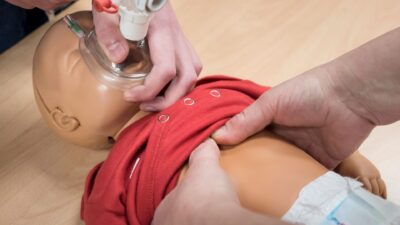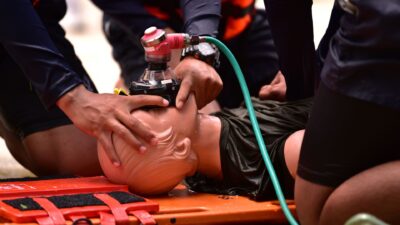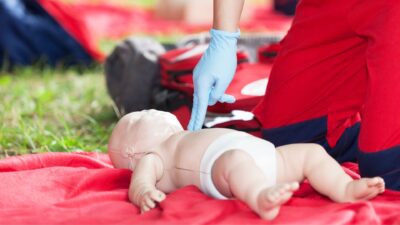
CPR Certification for Coaches in St. Pete
The reason coaches in St. Pete need CPR certification is simple: no one else may be there when an athlete goes down. I never thought I’d need CPR training until the day I had to use it. Now, I tell every coach in St. Pete: if you’re working with athletes, CPR certification isn’t optional, it’s…
Read More







